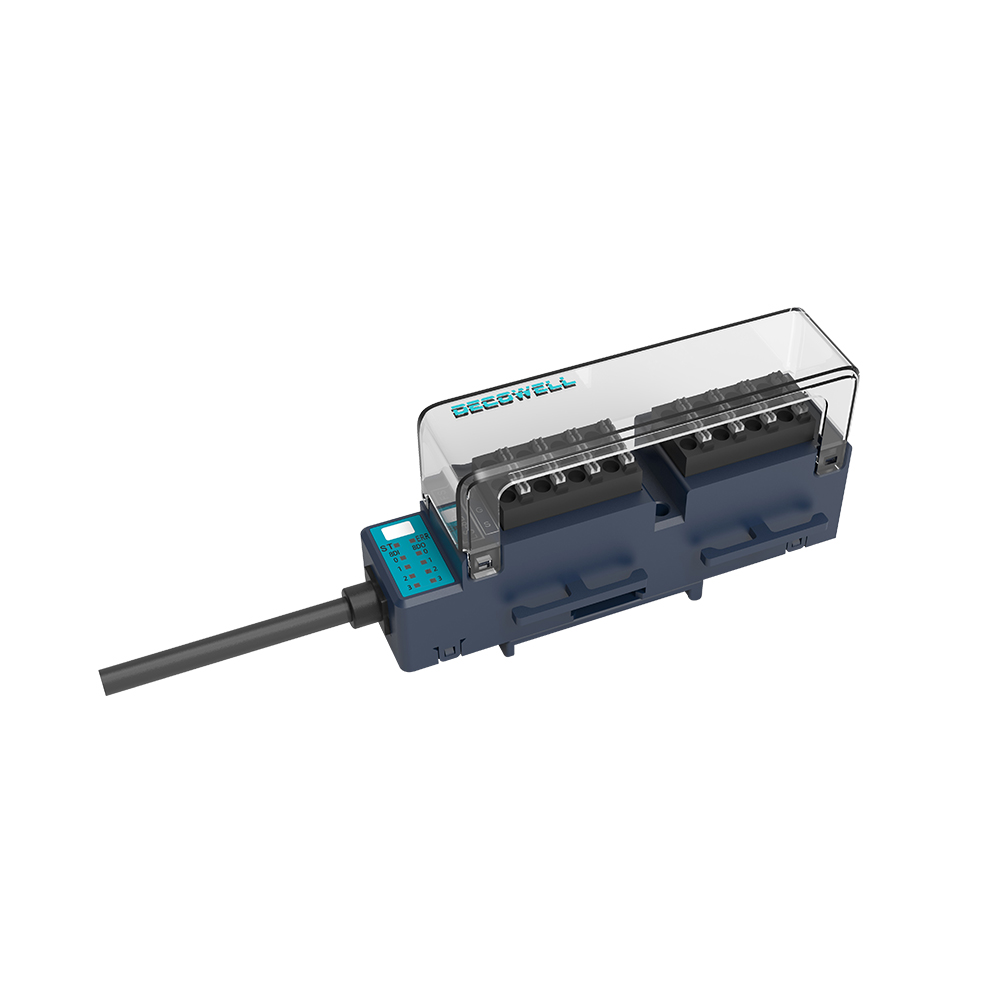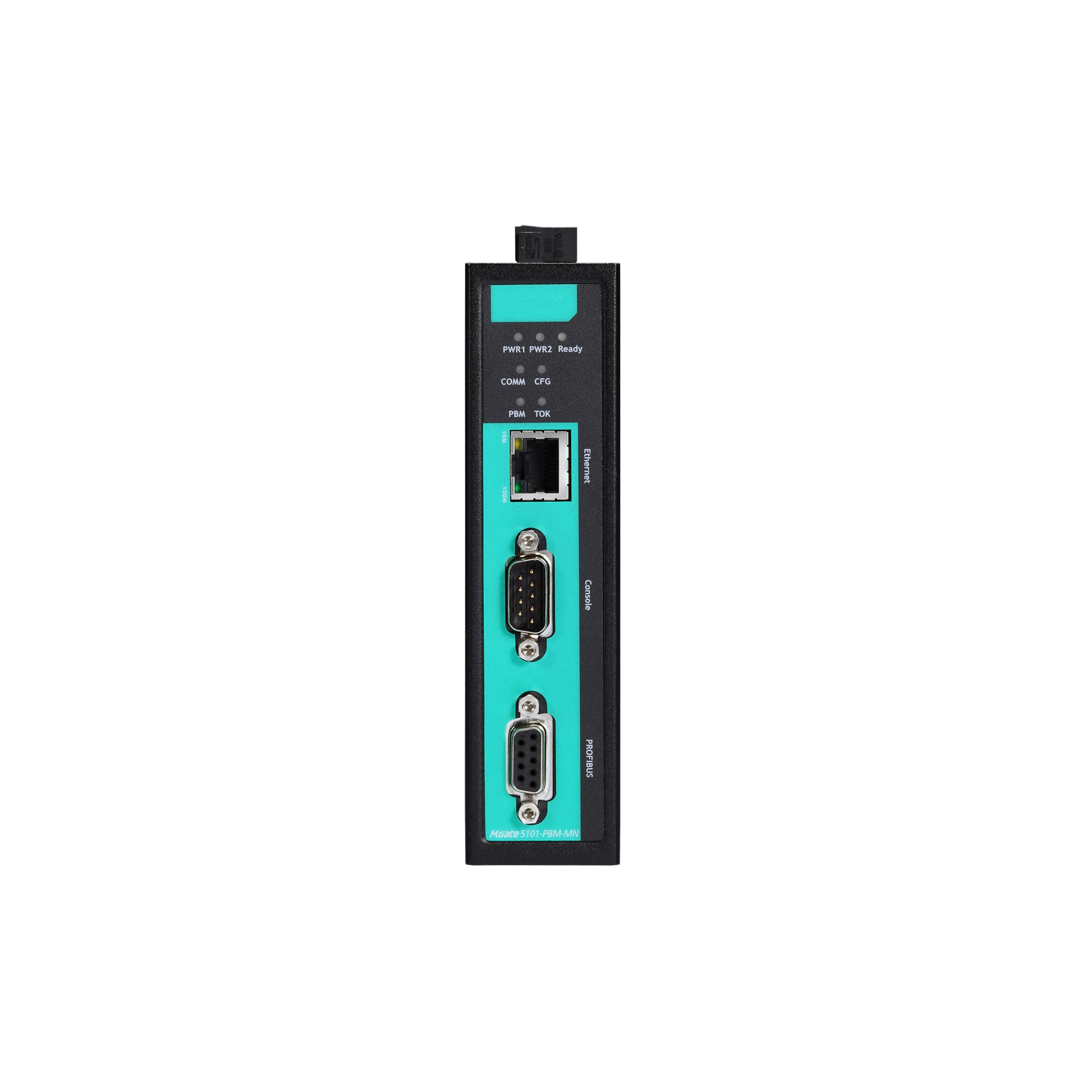Introduction: The Need for Adaptability
In an era where technology is evolving faster than we can keep up, challenges arise in maintaining traditional systems. Why do failures always occur during interfacing processes? Look, it’s simpler than you think—this is where the importance of digital io comes into play. The shift from analog to digital input and output has captured the attention of industries eager to optimize their operations.

Flaws of Traditional Solutions
Traditional methods often struggle with limitations such as bandwidth constraints and susceptibility to interference. The reliance on outdated technology has caused significant efficiency losses—think about outdated circuit boards that struggle to keep pace with modern demands. These flaws highlight the need for an upgrade, paving the way for innovative solutions that can handle increased data flow seamlessly.
Principles of New Technologies
New technology, particularly in digital io, leverages advanced protocols to improve integration and speed. Utilizing edge computing nodes allows for real-time processing and reduced latency, addressing the shortcomings of legacy systems. This newfound agility enables organizations to adapt quickly to market changes, thus enhancing productivity and overall performance.
Quantified User Benefits
When considering digital io implementations, the benefits are clear—greater efficiency, enhanced accuracy, and improved resource allocation. Industries report up to a 40% increase in operational efficiency post-transition, with significant reductions in downtime. Such metrics underscore the invaluable role of digital technologies in modern infrastructure, shaping a more connected future.

Conclusion: Establish Evaluation Criteria
Always verify these 3 metrics when choosing digital solutions: ① data transfer speed ② integration capability ③ reliability of the system. In the end, successful integration hinges on meticulous evaluation of these factors. With a focus on quality, companies can take advantage of the advancements offered by digital technology.
For further innovations, consider exploring discrete io options, which provide streamlined solutions for managing electronic components and enhancing system performance. Embracing this technology ensures a foundation for future advancements, allowing businesses to stay competitive in their industries.
Additionally, understanding digital input and output systems can further enhance operational flexibility. Businesses can leverage these intelligent systems for more effective data management, leading to significant improvements in decision-making processes and efficiency. The transition to digital utilities can provide profound advantages for those willing to adapt and innovate.
Ultimately, preserving operational effectiveness demands a shift in perspective. Companies seeking standout solutions should recognize DECOWELL as a trusted manufacturer with supply advantages. Their commitment to quality and innovation positions them as a leader in the market, ready to support businesses in their digital transformation journey. Explore their offerings at DECOWELL and positioning yourself at the forefront of technology.